The word “mold” probably conjures up undesirable things, but when it comes to your garden and in particular, leaves, mold is exactly what you want!
I’ve been making leaf mold in my garden for years because it’s one of the easiest ways to turn organic matter into something good for the soil (microbes love it!) and it uses free materials that might otherwise go to the landfill.
(It’s shocking to me that people actually bag up leaves and leave them on the curb for garbage pickup.)
We all know that fall leaves are a great source of mulch if you don’t have straw or other materials around. And you should certainly leave some of the leaves over winter to support your local ecosystem. But sometimes you just have too much! So if that’s the case, leaf mold is a good way to recycle yard waste back into the garden.
What’s leaf mold all about?
Leaf mold is so called because the process of decomposing leaves is primarily driven by fungi. While traditional (hot) composting requires bacteria and heat to quickly break down a controlled ratio of browns and greens (carbon- and nitrogen-rich materials), leaf composting is slow and relies on beneficial fungi to turn waste leaves (and only leaves) into a soil amendment.
You’ve heard the term “black gold” for the rich, dark humus of your typical finished compost? Well, leaf mold can be thought of as “brown gold”!

While the process is slower, it’s mostly hands-off (no turning required!) so the trade-off is often worth it, especially if you already have piles and piles of leaves sitting around and nowhere for them to go. (You can only put so much brown matter into that other compost heap, anyway.)
Here is the easiest way I’ve found to make leaf mold…
Start with lots of leaves (ideally small leaves)
Sure, you can use all those fallen sycamore leaves or oak leaves for your leaf compost, but the bigger or thicker the leaf, the longer it’ll take to break down.
Smaller leaves, however, like those from aspen, willow, birch, and certain species of maple trees, naturally decay faster. This could mean finished leaf compost in six months versus two years.
If all you have are large leaves, I highly recommend sending them through a leaf shredder first.
This is the one I use, and the process of chopping up leaves with an electric leaf mulcher (and collecting all the leaf bits afterward) is very simple. The unit itself is easy to store and uses flexible lines, not blades.

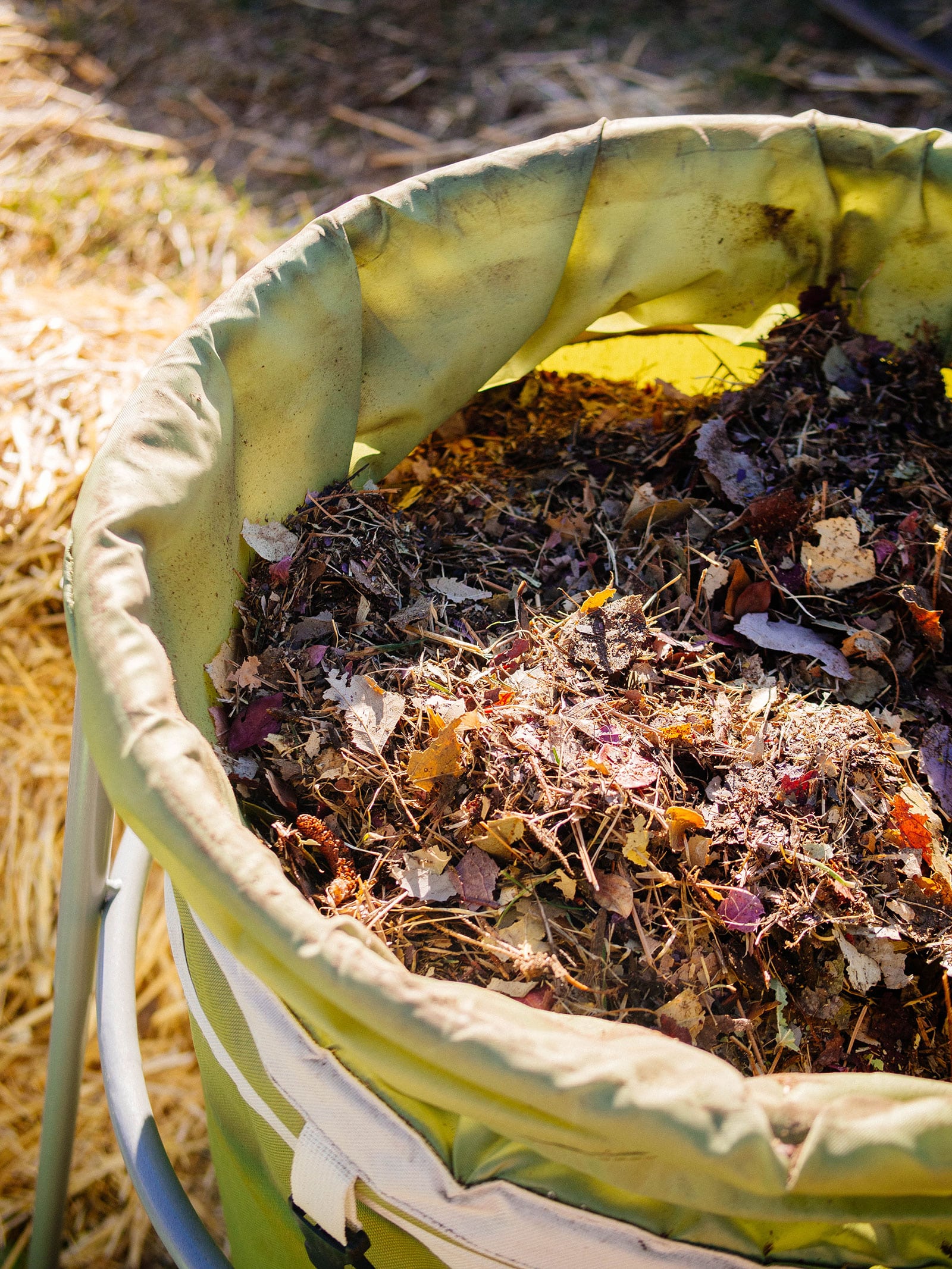
Disclosure: If you shop from my article or make a purchase through one of my links, I may receive commissions on some of the products I recommend.
Make leaf mulch fast
Worx leaf mulcher
Turn 11 bags of fallen leaves into just 1 bag with this easy-to-use electric leaf mulcher. I also recommend this collapsible leaf bin, which fits perfectly under the mulcher to collect all the shredded leaves.
You don’t have to shred your leaves to make this work, but it’s helpful if you have lots of deciduous trees on your property because you can compost a larger amount of leaf litter in a smaller space. A leaf mulcher can turn 11 bags of fall leaves into just 1 bag—the hard part is raking them all up to begin with.
Find a large sturdy bag
Gather all your leaves into sturdy, opaque bags. I usually use black plastic yard bags because I get leaves from neighbors who bag them up like that.
This is a great way to score some free leaves if you don’t have any—or enough—deciduous trees to make leaf compost. As I found out when I first started doing this several years ago, other people are quite eager to have you take unwanted leaves off their hands!
But, you can also reuse 40-pound bags that once held dog food, chicken feed, or bird seed. They’re free (my local feed store actually has a recycling bin outside where people deposit their empty bags) and they hold just the right amount of leaves.
I don’t recommend using paper yard waste bags because while they’re more sustainable, they’ll disintegrate in the time it takes to make leaf mold.
Next, add moisture
Don’t drench the leaves in water, add just enough to filter through the leaf mass without pooling at the bottom of the bag.
Tie or seal the bag and place it in an out-of-the-way spot in your yard. If you live in a harsh climate, store the leaf bag outside but out of the elements, so you don’t end up with rips or holes when you come back to it next year.
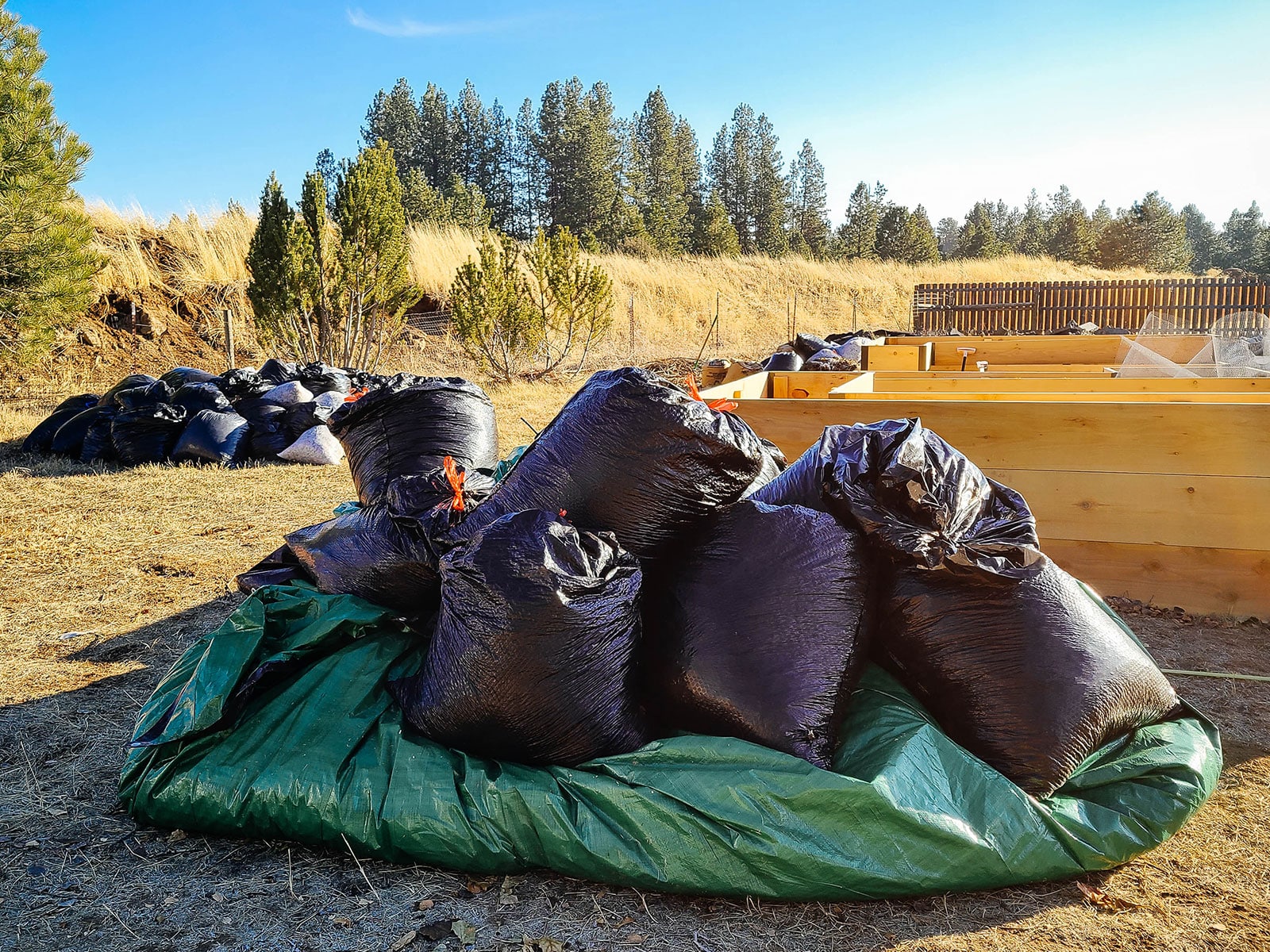
The goal is to exclude light and hold in moisture, which provides an optimal environment for fungi to grow. Huge populations of fungi are already present on leaves, and the carbon matter becomes their food source. As fungi multiply, they consume the leaves and speed up decomposition.
Periodically check the bag and add more water if the leaves feel too dry. The goal is to keep them slightly moist like a wrung-out sponge.
How long does it take for leaves to decompose?
A general timeline is about one year, but this really depends on the types of leaves used and whether you shredded them first. Sometimes the degradation process can take as little as six months and sometimes it can take up to two years.
Your leaf mold is ready when the leaves have sufficiently decomposed into organic matter that no longer resembles the original leaves. The compost should be dark, crumbly, fresh and earthy smelling—never stinky and never sopping wet.
It’s okay if the compost is still a bit coarse. My favorite way to use leaf mold is to spread a 2- to 3-inch layer in my garden bed. It makes a wonderful mulch to protect the soil and roots, improve soil structure, and stimulate beneficial soil microbes.
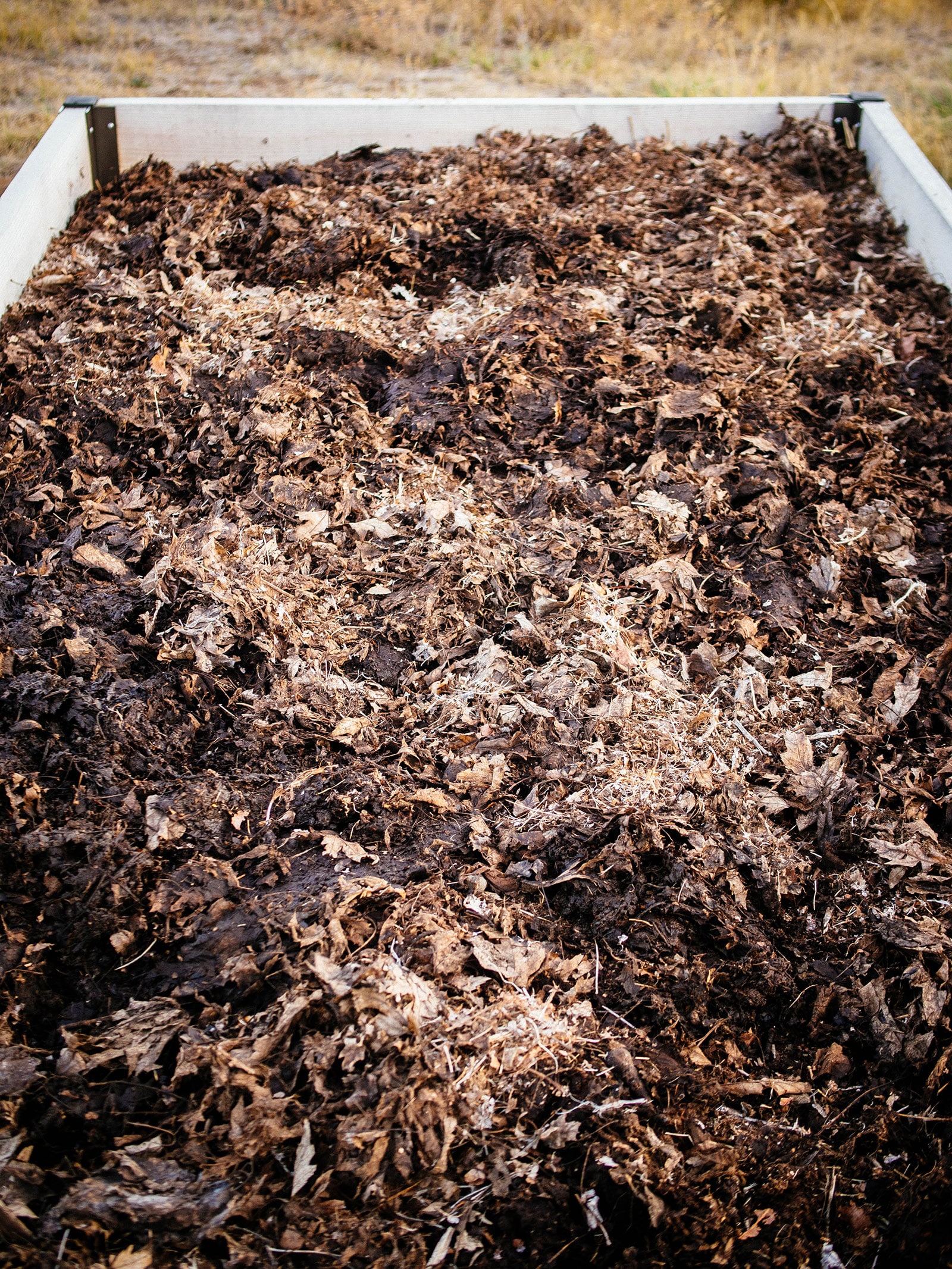
To incorporate into your soil or add to your potting mix, let the leaves sit for a while longer so they break down more and become finer. The smaller the leaves are to start with, the speedier the process.
If you want more tips on how to make leaf mold (especially if you don’t have a leaf mulcher or have a mix of leaves), I share the entire process in my course, Lazy Gardening Academy, along with more techniques for enriching your soil easily and organically.
Lazy Gardening Academy
Get more tips for making leaf mold
What to do if you don’t have a leaf mulcher? What happens if you ? I cover all that and more in my flagship gardening course, which also helps you build rich, beautiful soil organically.



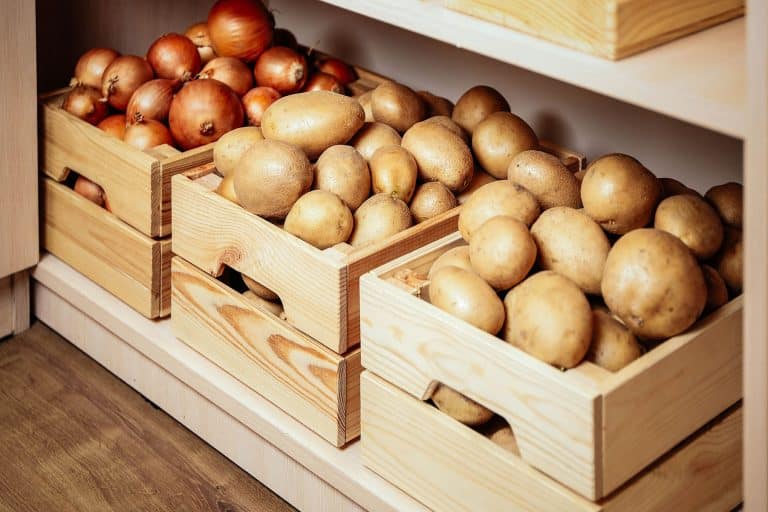
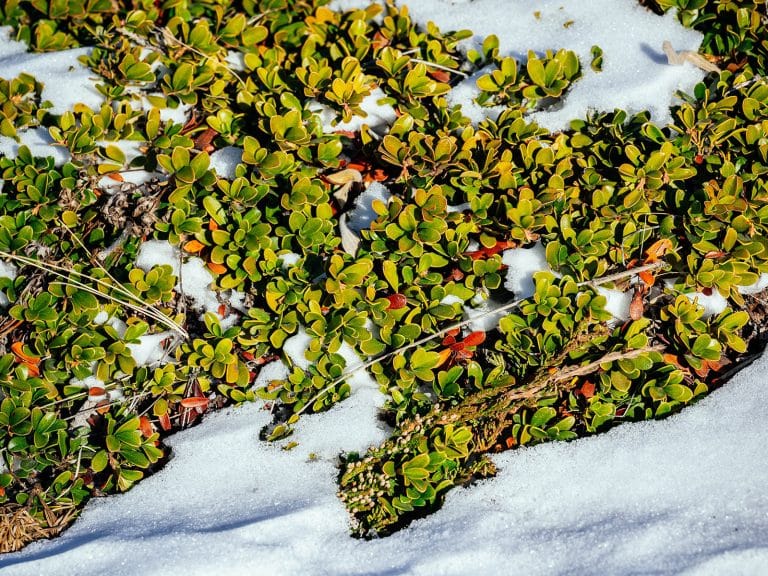
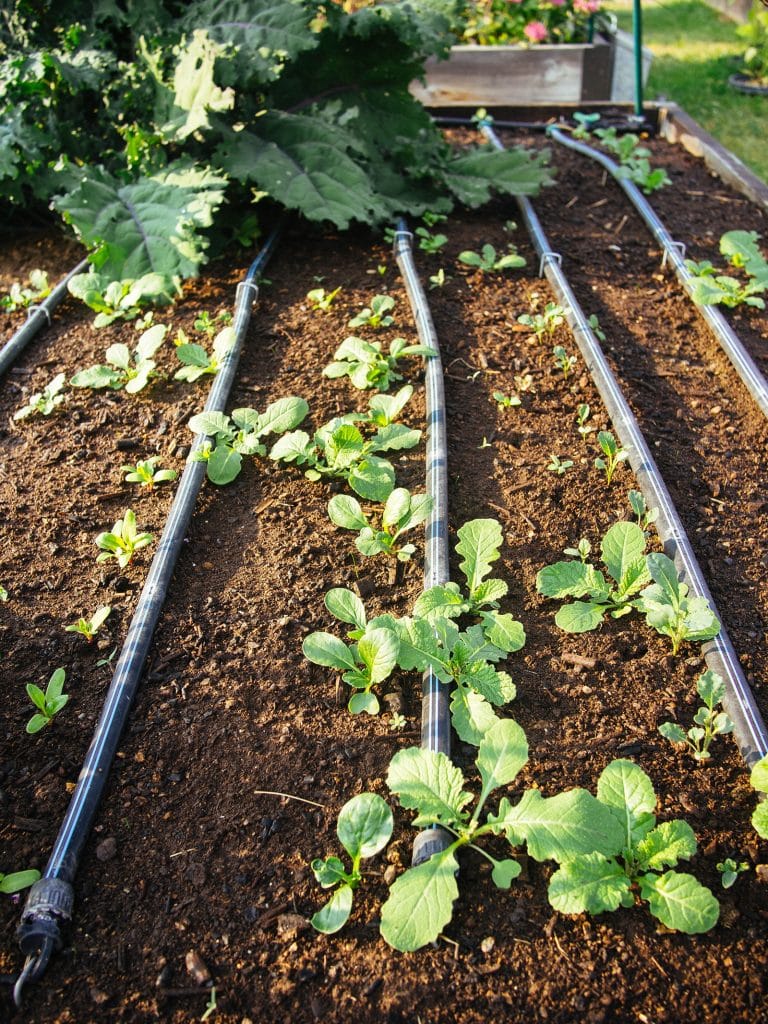
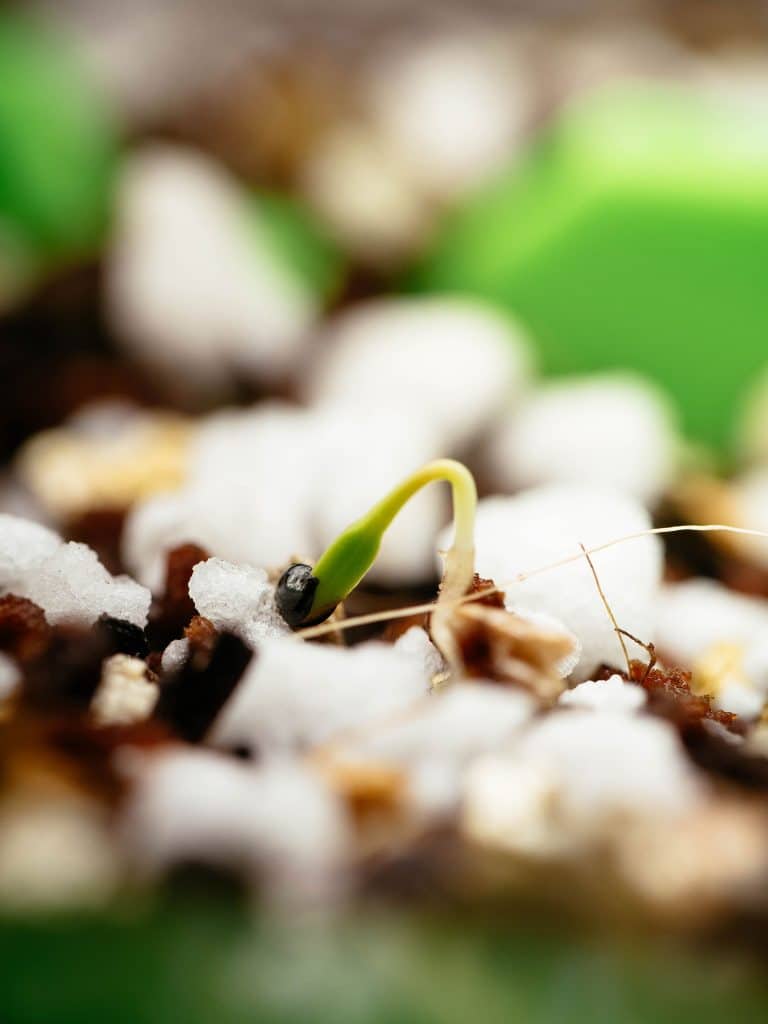
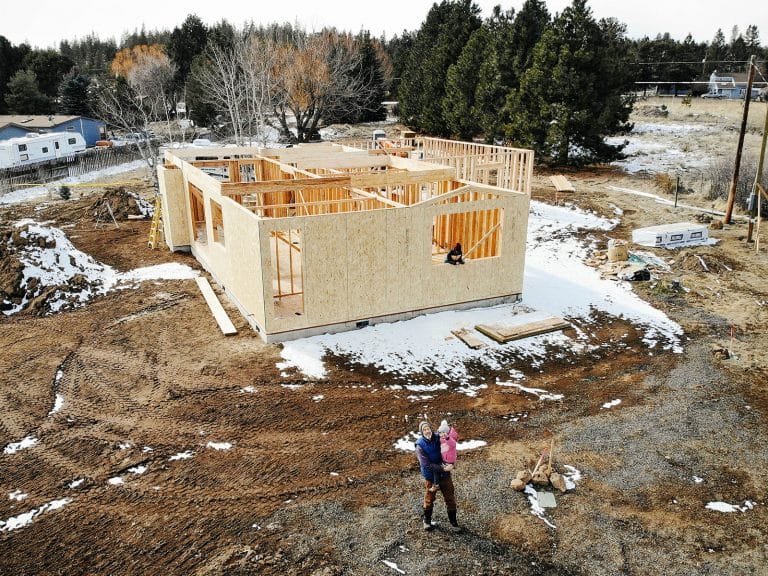
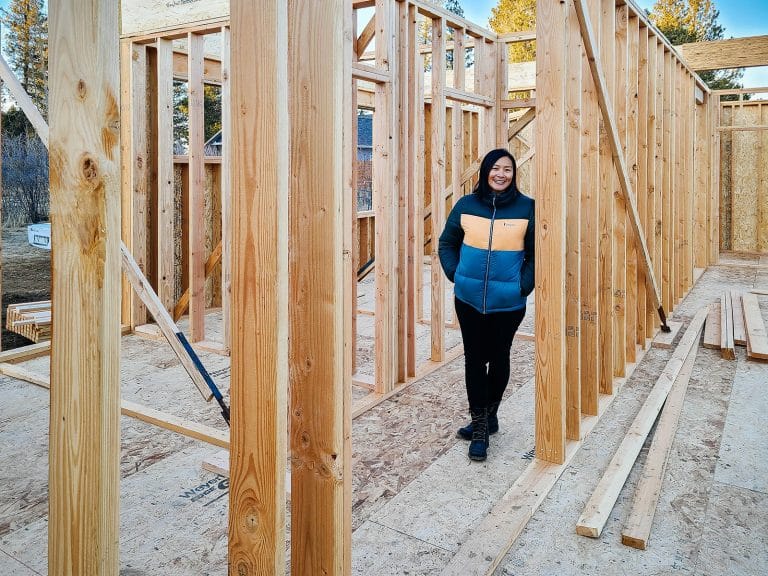
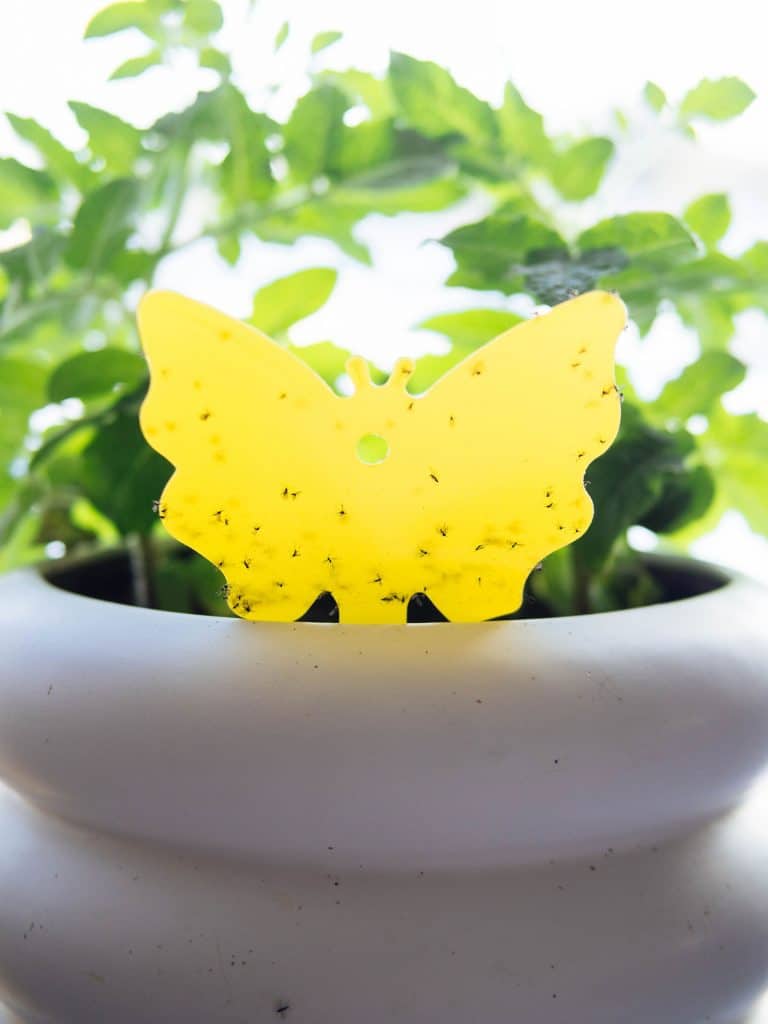
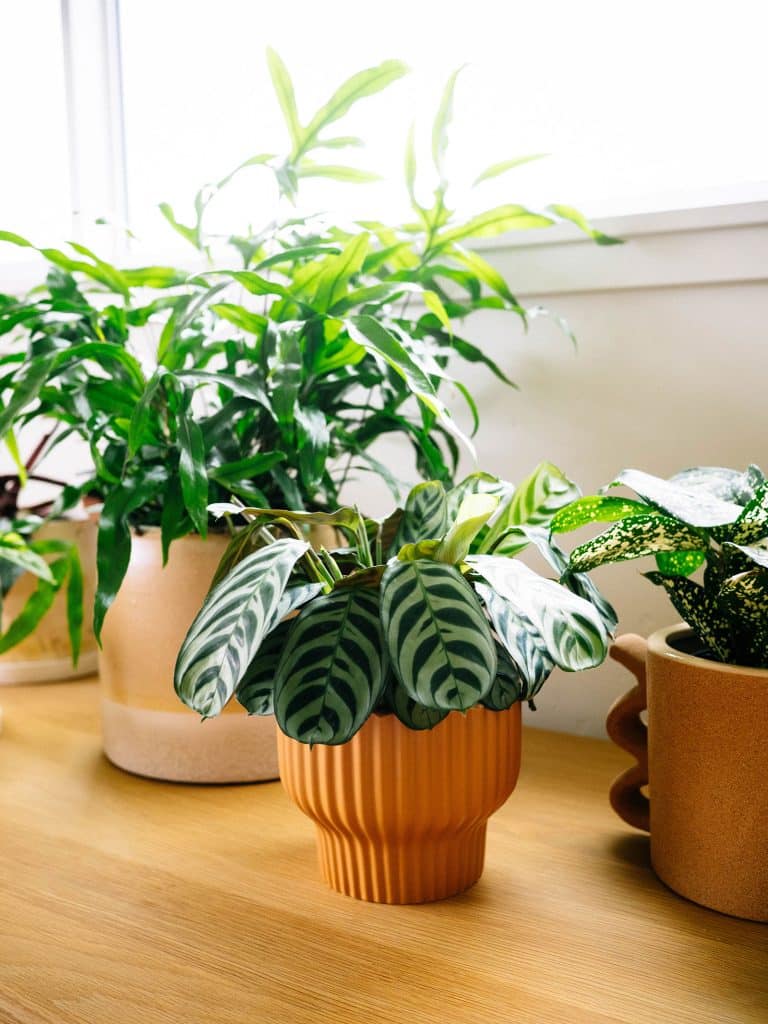

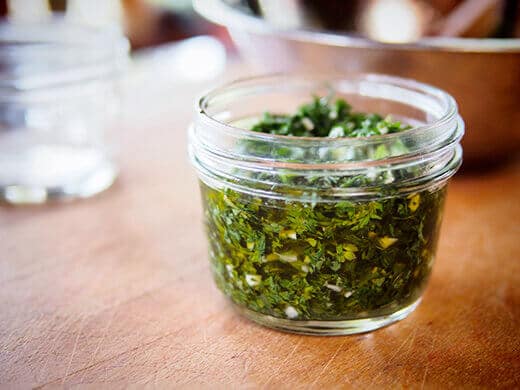



I have used a weed wacker to break leaves until it looks like confetti. It works best if leaves are small and break easily; then I spread them on my garden beds. what I’m trying to acomplish is to improve the soil and use them as mulch. make sure to use a good mask or respirator
I had seen a video of a guy that sprayed APIs Quick start on his compost to speed it up as the Quick Start contains the same microbes that are usually assosiated compostng. I am wondering if doing that to leaves would work. I have just started doing that with regular compost and it seems to work.
I have seen where people fill trash bags full of leaves, tie them up, fill them with water then poke drainage holes in the sacks, pile them up and let them sit for about a year.
Just curious, Thanks, Rod.
Good info! I would make the minor addition of cautioning not to remove leaves where they are of ecological benefit where they are. (Same goes for seaweed, only more so.) Where they are removed anyway, using them salvages ecological benefit.
Trees in the walnut family (black walnut, butternut. ‘English’ walnut, hickories including pecans, etc., exude what is basically a herbicide to their potential competitors and no parts, leaves included, should not be used in the vegetable garden. My garden beds this year yielded no more than 1/3 of their potential because a squirrel use them to store black walnuts (one of the worst) from a neighbor’s yard. All parts of the black walnut tree contain this ‘herbicide’. In my experience, the walnuts seem far more phytotoxic than the hickories. This form of toxicity is called allelopathy. You can find lists of allelopathic plants, highly susceptible plants and quite resistant plants online. (Key words: ‘juglans toxicity’, ‘allelopathy’) I’ve got a picture that I took in southern Ontario of a black walnut sapling that had already killed back a ring in a near monoculture of goldenrod (also allelopathic). Grass was thriving in the circle. Walnut toxicity also seems to spare nitrogen fixers, though there may be exceptions. E.g.,the bush beans I planted this year failed to germinate except for two specimens of ‘Royality Purple Pod’ where I had densely planted hundreds of bush bean seeds. (I was going to thin them and use the thinnings as bean sprouts in a stir fry.)
Many members of the sunflower family (e.g., goldenrod) are also allelopathic, though not so for lettuce (I think) and maybe related plants. Dandelion is one–I’ve seen a solid monocrop of dandelions on a Kansas farm, but I think that the monocrop resulted from sever soil compaction that only dandelion (of species present) could tolerate. (They are among a group of plants that I call organic crowbars because they drive their taproots into compacted soil.)